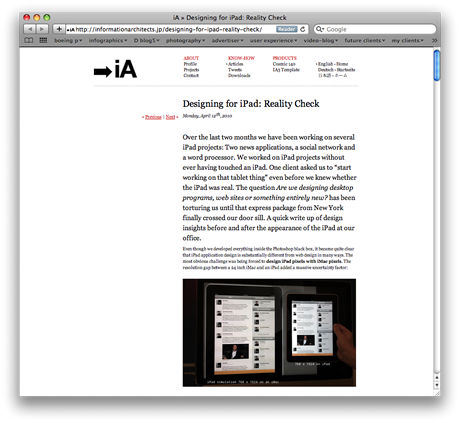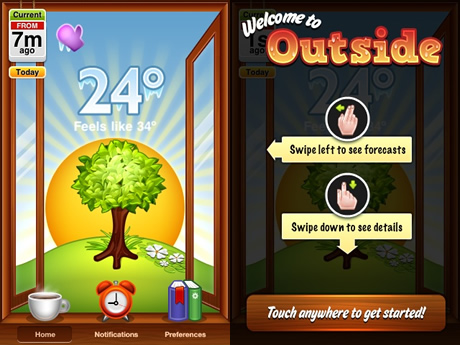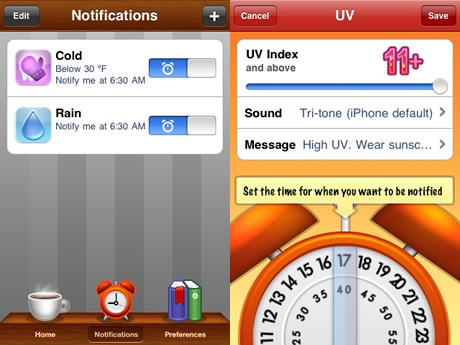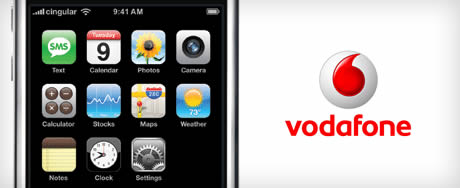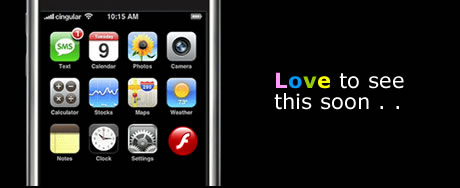
Steve Jobs recently posted a long letter on Adobe Flash, why Apple has decided not to support it on the iPad, iPhone and iPod touch.
The letter is a clear, in-depth view in all of Flash’s defects from Apple’s point of view, and while we’re sure it will be dissected over and over again in the upcoming days (especially the part about Flash not being open), you have to admire its frankness.
In short, Steve Jobs claims Flash drains the battery of mobile devices; it’s not very good for multi-touch operation; and its performance, reliability and security are all shoddy. It’s also a proprietary system, and while Jobs admits that their mobile OS is also proprietary, he claims that web standards should be open, like HTML5, CSS and JavaScript.
Most importantly Apple doesn’t want “a third party layer of software [to] come between the platform and the developer.†Finally, Jobs concludes, Flash is a relic. “Flash was created during the PC era –- for PCs and mice,†he says, “but the mobile era is about low power devices, touch interfaces and open web standards –- all areas where Flash falls short.â€
It’s a long discussion and i love adobe flash since long time. what you think, Do you think flash will survive in next years? Write us? i like to hear from you.
Read moreÂ
vivek
